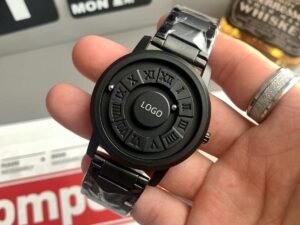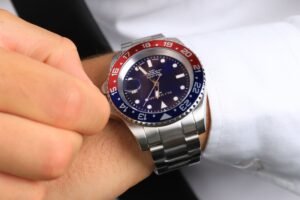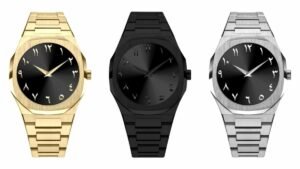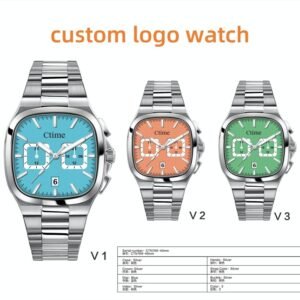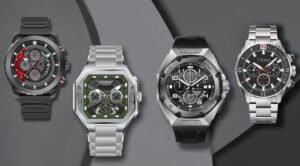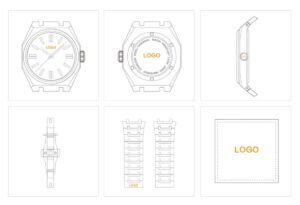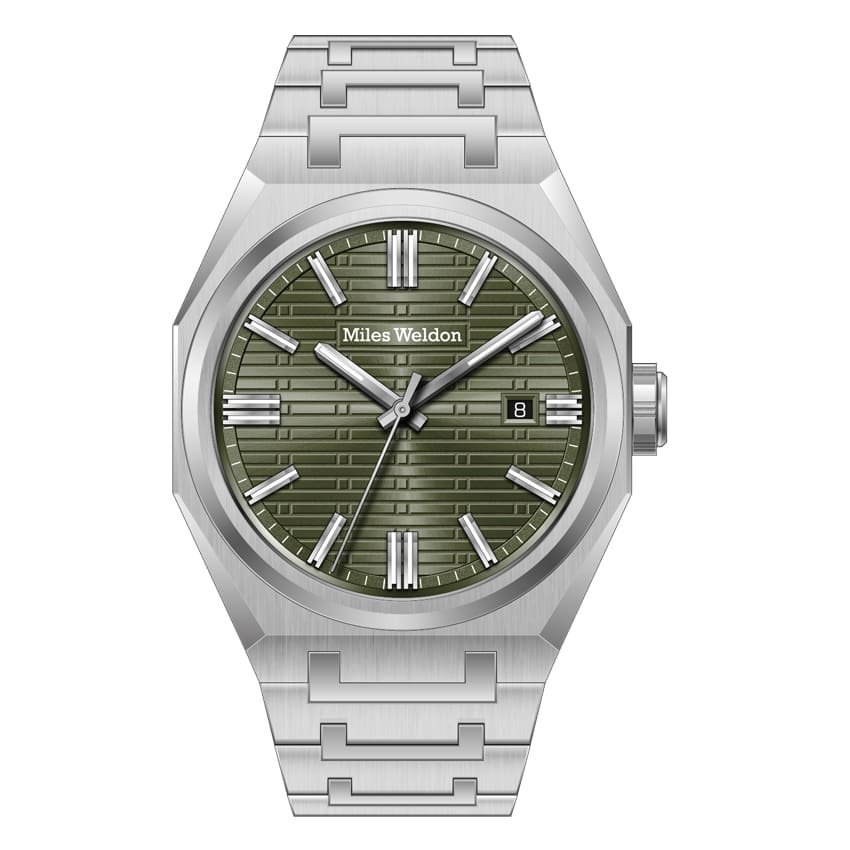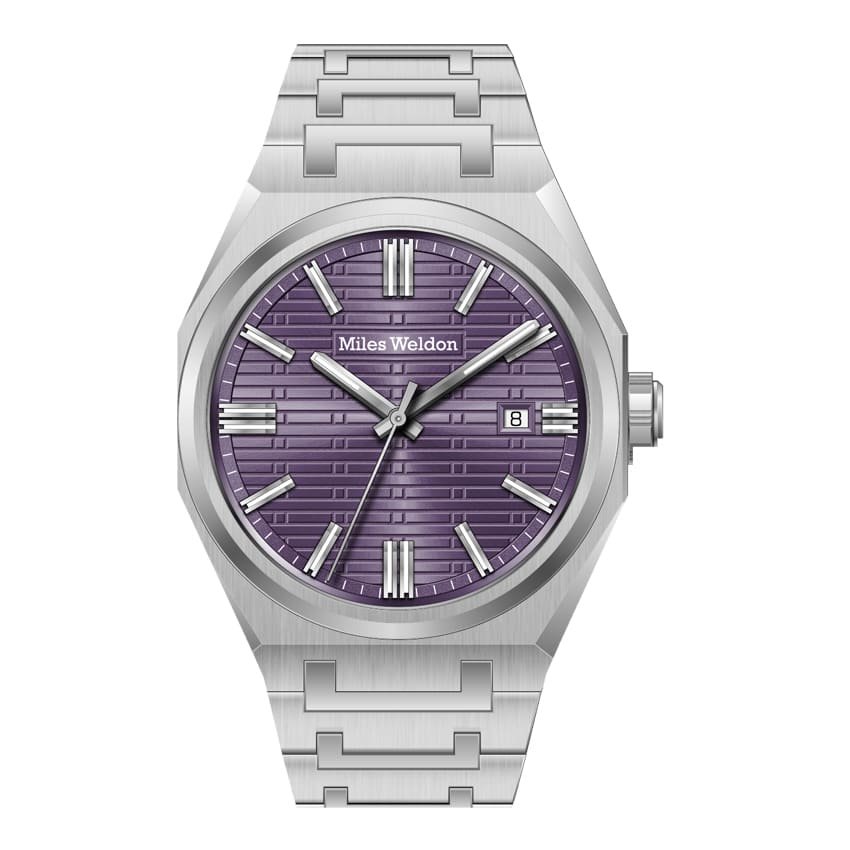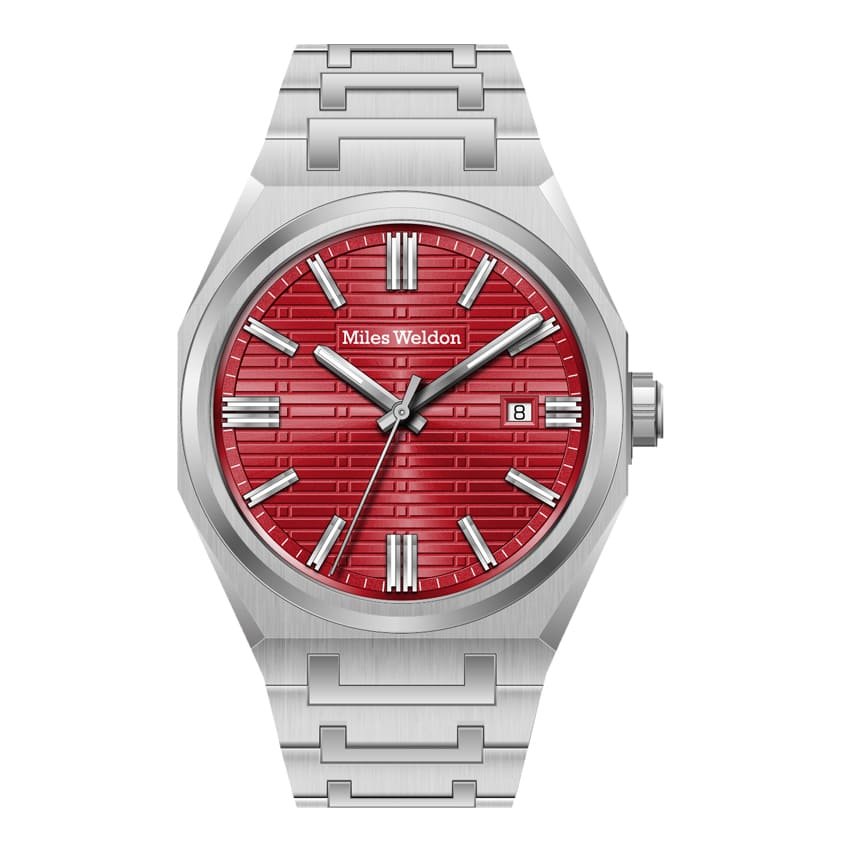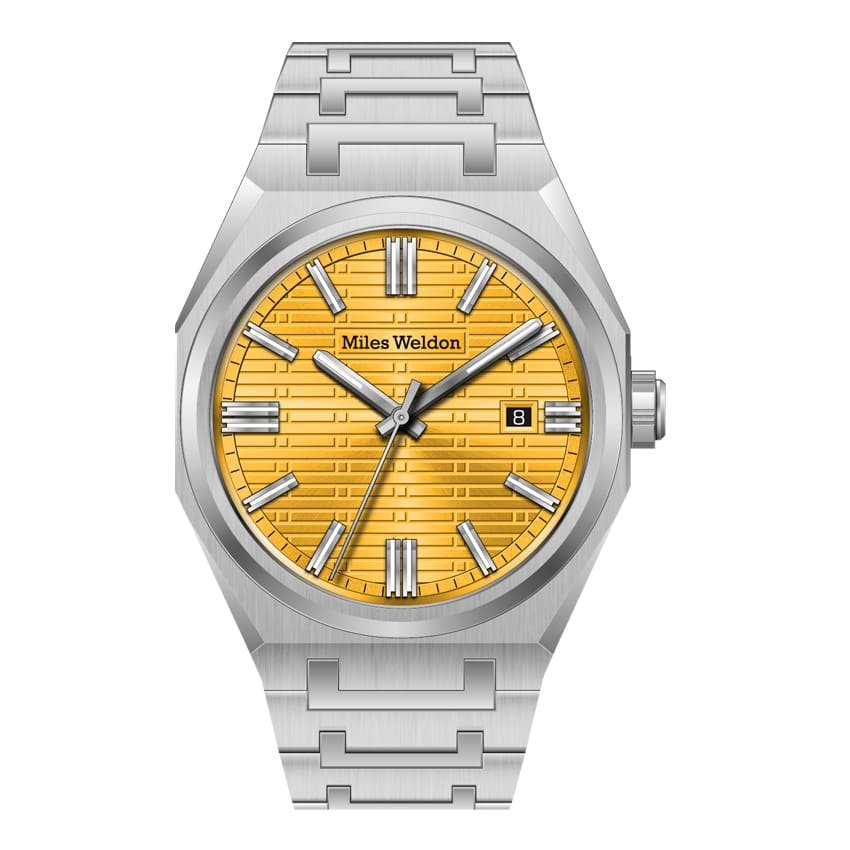As time progresses, the watch design from the 1970s and 1980s continues to exert its unique charm and influence in modern society.

During that vibrant and innovative period, watches were not just recorders of time but also a fusion of fashion and technology. Looking back at those classic creations, we can observe how designers ingeniously integrated traditional elements with avant-garde concepts, and how they maintained simplicity without sacrificing functionality and aesthetics. From the organic combination of art and craftsmanship to the pursuit of personalized and diverse design directions, the distinct design philosophies of these decades still offer valuable insights for contemporary product design.
Revelation One: Innovation and Heritage
In the 1970s and 1980s, the creativity in watch design was reflected in the bold use of new materials and technologies. Designers of that era were not confined to traditional watchmaking crafts but bravely experimented with integrating plastics, stainless steel, and even rare metals into watch design. These materials not only endowed watches with more possibilities but also improved their durability and practicality. For instance, the Tissot Astrolon series, with its avant-garde shape combined with wear-resistant materials, successfully crafted a style that was both sporty and fashionable, capturing the vitality of that age. At the same time, these designs adhered to the principles of minimalist aesthetics, highlighting the harmonious unity of function and form.
In preserving traditional elements, many watch brands have demonstrated profound cultural heritage and respect for classical aesthetics. For example, when Tudor launched series like “Blue Whale” and “Seawolf,” they inherited Swiss watchmaking’s exquisite skills and cleverly integrated classical design elements, making each watch exude a unique aura of its era. Through classic dial and case designs, these watches evoke traditional watch imagery while innovating in details to match modern aesthetics.
Revelation Two: The Harmony of Simplicity and Functionality
A notable feature of watch design from the 1970s and 1980s is their pragmatism. Designers of that era mastered the philosophy that “less is more,” striving to strip away all unnecessary ornamentation, ensuring every design detail served the core function of the watch—to measure time with precision and stability. For instance, military orders from navies and air forces demanded higher functionality in watches, propelling the development of diver’s and pilot’s watches towards greater utility. These watches were required to have clear, legible dials and the ability to perform under adverse conditions. Thus, the pursuit in design was ultimate usability and durability.
Pursuing simplicity and functionality in product design does not mean forsaking aesthetic appeal. In fact, many examples from the watch designs of the 70s and 80s show that functionality can perfectly coexist with visual elegance. Take the Omega Seamaster series for example; not only did its design meet divers’ demands for water resistance and pressure tolerance, but its streamlined shape and graceful dial also made it a popular fashion accessory.
So, how do we balance functionality with minimalist aesthetics in today’s product design? First, designers need to thoroughly understand the users’ needs and contexts, making functionality the starting point and destination of their designs. By refining the design language and stripping away extraneous elements, they retain features that enhance user experience and efficiency. Secondly, the use of materials and technology should be judicious, opting for high-quality materials that boost product performance and meet aesthetic standards. Lastly, designers must continuously adjust and refine their designs to ensure that they not only fulfill functional requirements but also provide an intuitive sense of comfort and satisfaction to the user.
Revelation Three: The Fusion of Art and Craftsmanship
In those years where craftsmanship and artistic inspiration intertwined, designers were not content with mere time indication; they elevated watches to a new artistic level, infusing every minute aspect with artisanal spirit and artistry. Watches became more than just tools for timekeeping; they were carriers of culture, aesthetics, and emotions. From the intricate engraving of the case to the delicate illustrations on the dial, watch designs from the 70s and 80s displayed a deep integration of art and craftsmanship.
For example, Blancpain infused its watches with a unique charm by introducing rich cultural elements and exquisite craftsmanship. They sought perfection not only in mechanical construction but also ventured into endless visual possibilities. Complex functions like tourbillons, moon phase indicators, and multiple time zones were presented to consumers with remarkable finesse. This emphasis on the fusion of art and craftsmanship transformed each Blancpain wristwatch beyond a time-measuring tool into a symbol of personal taste and lifestyle attitude.
In contemporary product design, we should also draw essence from the combination of art and craftsmanship found in watch designs from the 70s and 80s. Firstly, designers should deeply perceive the emotional connection between products and users, capturing heart-touching details through clever use of design language and craftsmanship. For example, choosing materials like warm natural wood or cool metal, and employing techniques such as hand-polishing or precise CNC processing can add sensory depth and texture to the product.
Furthermore, designers need to develop a keen insight and comprehensive understanding of craftsmanship. Viewing craftsmanship as a language, they can express the story behind the product, brand philosophy, and even the user’s personality. Whether it’s giving a product a unique texture through complex finishing techniques or leaving distinctive marks with precision mechanical engraving, these approaches can effectively elevate the product’s substance and worth.
Revelation Four: Personalization and Diversification
The 1970s and 1980s were the cradle of personalization and diversification in design philosophy. During this era, the watch design industry underwent unprecedented transformation. Designers were no longer content with creating homogeneous timekeeping tools; instead, they began to explore how to integrate each wearer’s unique personality and lifestyle into wristwatches. They endowed watches with endless possibilities through bold color combinations, unconventional case shapes, innovative material applications, and custom designs for specific functions or target audiences. These designs reflected the spirit of an era and also met people’s desires for self-expression and distinctiveness.
For example, Casio’s G-Shock series launched at that time is one of the embodiments of personalized and diversified design concepts. With shock-resistant cases, various color options, integrated timing, alarms, calculators, and other multifunctional features, G-Shocks rapidly became a trendy symbol beloved by the younger generation. Additionally, the Swatch brand captivated a young and creatively expressive consumer group with its use of plastic materials, vibrant colors, and a variety of patterns and elements, making each design intriguing and distinctive.
In today’s product design, considering users’ personalization and diversification needs is particularly crucial. Designers need to conduct more detailed and in-depth market research, understand the specific needs and preferences of different user groups, and thus provide more considerate and personalized product solutions. For example, in the design of smart wearable devices, apart from essential health monitoring and communication functions, features like specialized sports tracking or music playback control can be offered based on individual interests and hobbies. In terms of appearance, offering interchangeable straps and watch face themes allows users to adjust their look according to mood and occasion, showcasing their personality.
Moreover, by utilizing the latest technological advancements and material innovations, product design can better adapt to the ever-changing market trends and consumers’ personalization demands. For instance, 3D printing technology enables consumers to customize unique case patterns; sustainable materials ensure environmental friendliness while adding depth to the product story. In diversified design, it is also vital to pay attention to cultural differences and localized design under global trends, respecting and integrating the aesthetics and values of consumers from different cultural backgrounds, making product designs truly resonate with users’ inner worlds.

